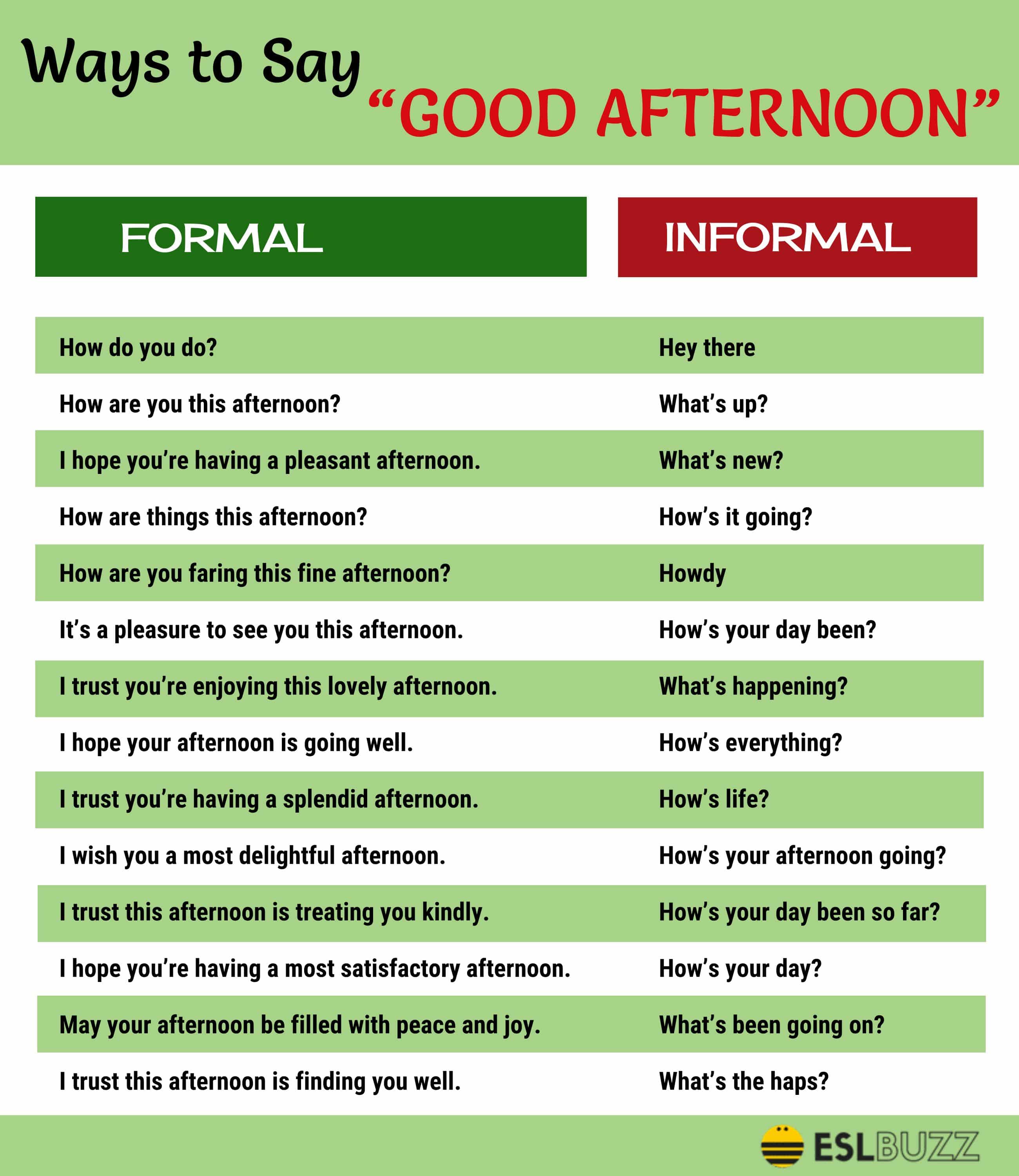Beyond Aesthetics: Redefining The "Good Looking Vagina"
In a world increasingly focused on appearance, it's natural to wonder about what constitutes a "good looking vagina." However, the truth about vaginal appearance is far more nuanced and diverse than many might imagine. This article delves into the fascinating reality of vulvar and vaginal diversity, exploring what truly matters beyond superficial judgments, and emphasizing health, self-acceptance, and the unique beauty inherent in every individual's anatomy.
From media portrayals to personal insecurities, discussions around vaginal appearance often lead to misconceptions. Yet, the medical community and dedicated artists alike are working to demystify this topic, promoting a message of body positivity and accurate information. Understanding the incredible range of normal variations is key to appreciating the true beauty and functionality of the female anatomy.
Table of Contents
- Understanding the Anatomy: What We're Really Talking About
- The Myth of the "Ideal" Vagina: Challenging Societal Norms
- Celebrating Diversity Through Art and Education
- What Does a Healthy Vagina Look Like? Beyond Aesthetics
- Common Concerns and When to Seek Medical Advice
- Empowering Self-Acceptance and Body Positivity
- Maintaining Vaginal Health and Happiness
Understanding the Anatomy: What We're Really Talking About
When people discuss "vaginal appearance" or the concept of a "good looking vagina," they are most often referring to the vulva – the external female genitalia. The vagina itself is an internal muscular canal. The vulva comprises several parts, including the clitoris, the urethra, and crucially, the labia. The labia are often the focal point of discussions around vulvar appearance. There are two sets:- Labia Majora: These are the fleshy outer lips of the vulva. They typically enclose and protect the inner structures.
- Labia Minora: These are the inner lips, located inside the labia majora. They can vary dramatically in size, shape, and color, often extending beyond the labia majora.
The Myth of the "Ideal" Vagina: Challenging Societal Norms
The concept of a "good looking vagina" is largely a social construct, influenced by media, pornography, and a lack of accurate education about anatomical diversity. This has led to unrealistic expectations and, for many, significant insecurity. The reality is that there is no single "ideal" or "perfect" vulvar appearance.Research on Perceived Attractiveness: A Closer Look
It's true that some studies have attempted to quantify preferences. "Researchers have revealed the type of vagina that men find most attractive," with some findings suggesting that "men aged 18 to 80 said they preferred their partners to have smaller, 'tucked in'" labia and "trimmed pubic hair." While such studies exist, it's crucial to interpret them with caution.These findings reflect *preferences* of a specific demographic in a controlled setting, not a universal standard of beauty or health. Personal preferences are subjective and vary widely. More importantly, they do not define what is "normal," "healthy," or indeed, "good looking" in a broader sense. Emphasizing these preferences risks promoting a narrow, often unattainable, ideal that can fuel body dysmorphia and unnecessary cosmetic procedures. The true "good looking vagina" is one that is healthy and functional, regardless of its specific aesthetic.
The Problem with "Beauty Pageants" for Vulvas
The data mentions a concerning trend: "Last month, reports emerged that a sex toy manufacturer was launching a worldwide competition to find the world's most beautiful vagina." Unsurprisingly, "While the pageant prompted more than a few outraged" reactions. This highlights the problematic nature of attempting to rank or judge vulvas based on arbitrary beauty standards. Such competitions objectify female anatomy, perpetuate harmful ideals, and completely disregard the natural diversity and individual uniqueness that should be celebrated, not judged. They contribute to the very insecurities that many women face about their bodies.Celebrating Diversity Through Art and Education
Thankfully, there are powerful counter-narratives emerging from artists and educators who are dedicated to promoting body positivity and accurate representation. They understand that "Photography can be a powerful tool for good" in challenging narrow beauty standards and showcasing the true range of human anatomy.Laura's "Womanhood: The Bare Reality"
One such artist is Laura, who embarked on an incredible project: "Across the course of a year, Laura took photos of the 100 vulvas for her book Womanhood, The Bare Reality, and spoke to each person about what their vulva means to them." This project is a profound example of how art can foster understanding and acceptance. By presenting a diverse array of real vulvas and sharing the personal stories behind them, Laura's work directly confronts the myth of a single "ideal" and helps individuals see their own bodies within a spectrum of normal. "Some of the women involved" in her project shared intimate details, contributing to a collective narrative of self-acceptance and empowerment.Ellie Sedgwick's Body-Positive Photography
Similarly, "Photographer Ellie Sedgwick recognized that, and she's using her camera skills for a coffee table book on vulvas and to encourage body positivity." These artistic endeavors are vital. They provide visual evidence of the vast "vulva photos and images available" that truly represent the human population, not just airbrushed or surgically altered ideals. "This gallery of drawings, each paired with a different person’s story, showcases the diversity of vulvas and labia, All sorts of shapes and sizes, grooming choices, piercings, and more." These initiatives remind us that the concept of a "good looking vagina" is truly about embracing natural variation. As one project eloquently states, “many of us aren’t used to speaking about our vulvas, but it can be very helpful to know that other people have the same kinds of experiences or insecurities.” This open dialogue, fostered by art and education, is crucial for building self-esteem and dispelling myths.What Does a Healthy Vagina Look Like? Beyond Aesthetics
When considering what makes a "good looking vagina," health should always be the primary focus, not arbitrary aesthetic preferences. A healthy vagina and vulva come in all shapes, sizes, and colors. The key indicators of health are functional, not visual. "In the absence of pain or a funky smell, you can probably assume it’s all working just fine, but what does a healthy vagina look like?" Here are some general characteristics of a healthy vulva and vagina:- Natural Variation in Appearance: As repeatedly emphasized, healthy vulvas exhibit a wide range of appearances. Labia can be long, short, symmetrical, asymmetrical, smooth, or wrinkled. Colors can range from pink to brown to purplish. All of these are normal.
- Normal Discharge: A healthy vagina produces discharge, which varies in consistency and amount throughout the menstrual cycle. It's usually clear or milky white and has a mild odor, or sometimes no odor at all.
- Absence of Unusual Odor: While vaginas have a natural scent (and "They even have different smells" from person to person), a strong, foul, or fishy odor can indicate an infection.
- No Itching, Burning, or Pain: Discomfort, itching, burning during urination, or pain during intercourse are signs that something might be amiss.
- Proper pH Balance: The vagina maintains a slightly acidic pH, which helps keep harmful bacteria at bay.
Common Concerns and When to Seek Medical Advice
Many women harbor insecurities about their vulvar appearance, often fueled by unrealistic images. Common concerns include:- Labia Size and Symmetry: It's very common for one labium to be larger than the other, or for the labia minora to extend beyond the labia majora. This is entirely normal.
- Coloration: The color of the labia can vary significantly and may darken over time due to hormonal changes, age, or sexual activity. This is also normal.
- Vaginal Laxity/Size: "Does size matter for women, WebMD discusses whether vagina size might have impact on female sexual pleasure." The vagina is a highly elastic organ. While it can stretch during childbirth, it generally returns to its previous state. Perceived "looseness" is often a myth, and vaginal size typically does not impact sexual pleasure for either partner as much as connection, lubrication, and arousal do.
- Unusual or strong odor.
- Itching, burning, or irritation.
- Abnormal discharge (e.g., green, grey, frothy, cottage cheese-like).
- Pain during intercourse or urination.
- New lumps, bumps, or sores.
- Any persistent discomfort or concern about your vaginal health.
Empowering Self-Acceptance and Body Positivity
The journey to embracing one's own body, including the vulva, is deeply personal but incredibly empowering. Recognizing that "There are many different types of vagina, and the shape, size, and color naturally vary" is the first step towards self-acceptance.The media often presents a narrow, idealized version of female anatomy, leading many to believe their own bodies are somehow "abnormal." However, projects like those by Laura and Ellie Sedgwick, along with educational resources, are crucial in counteracting these harmful narratives. They provide a much-needed reality check, showing the vast spectrum of healthy, normal vulvas.
Embracing body positivity means understanding that your vulva is perfectly "good looking" as long as it is healthy and functional. It means rejecting external pressures to conform to unrealistic ideals and celebrating your unique anatomy.
Maintaining Vaginal Health and Happiness
Focusing on health rather than appearance is the best way to ensure your vagina is truly "good looking" and serves you well. "Get the facts on your anatomy as well as tips for keeping your vagina happy, safe, and healthy." Here are some key practices:- Gentle Hygiene: Wash the vulva with warm water only, or a mild, unperfumed soap if desired. Avoid douching, harsh soaps, or scented products, as these can disrupt the natural pH balance. The vagina is self-cleaning.
- Breathable Underwear: Opt for cotton underwear to allow air circulation and prevent moisture buildup, which can lead to infections.
- Safe Sex Practices: Use barrier methods like condoms to protect against sexually transmitted infections (STIs).
- Regular Check-ups: Annual gynecological exams are important for overall reproductive health, even if you don't have any specific concerns.
- Listen to Your Body: Pay attention to any changes in discharge, odor, or comfort. Early detection of issues can prevent more serious problems.
- Healthy Lifestyle: A balanced diet, adequate hydration, and regular exercise contribute to overall health, which in turn supports vaginal health.
Conclusion
The quest for a "good looking vagina" is ultimately a journey of understanding, acceptance, and health. We've explored how vaginal and vulvar anatomy naturally varies across an incredible spectrum of shapes, sizes, and colors. We've debunked the myth of a single "ideal" appearance, highlighting how societal pressures and even some research can create unrealistic expectations. Crucially, we've seen how artists and educators are leading the charge in promoting body positivity, showcasing the true diversity of vulvas and helping individuals embrace their unique anatomy. Ultimately, a truly "good looking vagina" is a healthy one. It's one that functions well, is free from pain or infection, and is appreciated for its natural form. By prioritizing health, seeking accurate information, and fostering self-acceptance, we can shift the narrative from superficial aesthetics to genuine well-being. What does your vulva mean to you? Share your thoughts in the comments below, or explore more articles on our site about female anatomy and health to continue your journey of empowerment and knowledge.- Mich%C3%A8le Lamy Satan
- Gdp Of Iran 2024 Nominal Gdp Iran
- Full Bush In A Bikini Trend
- Noelleleyvamoxymgmtcom
- Mike Connors
![Defining The Qualities Of A Good Friend [Infographic] - Venngage](https://venngage-wordpress.s3.amazonaws.com/uploads/2023/09/Qualities_Of_A_Good_Friend_Infographic-1024x791.png)
Defining The Qualities Of A Good Friend [Infographic] - Venngage

Good Afternoon Good

The Latest and Updated Breaking News - Today News